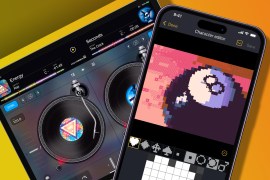Relonch trims photography back to the bare bones
With one button, no zoom and no screen, this cloud-powered camera wants to make snapping snappy again
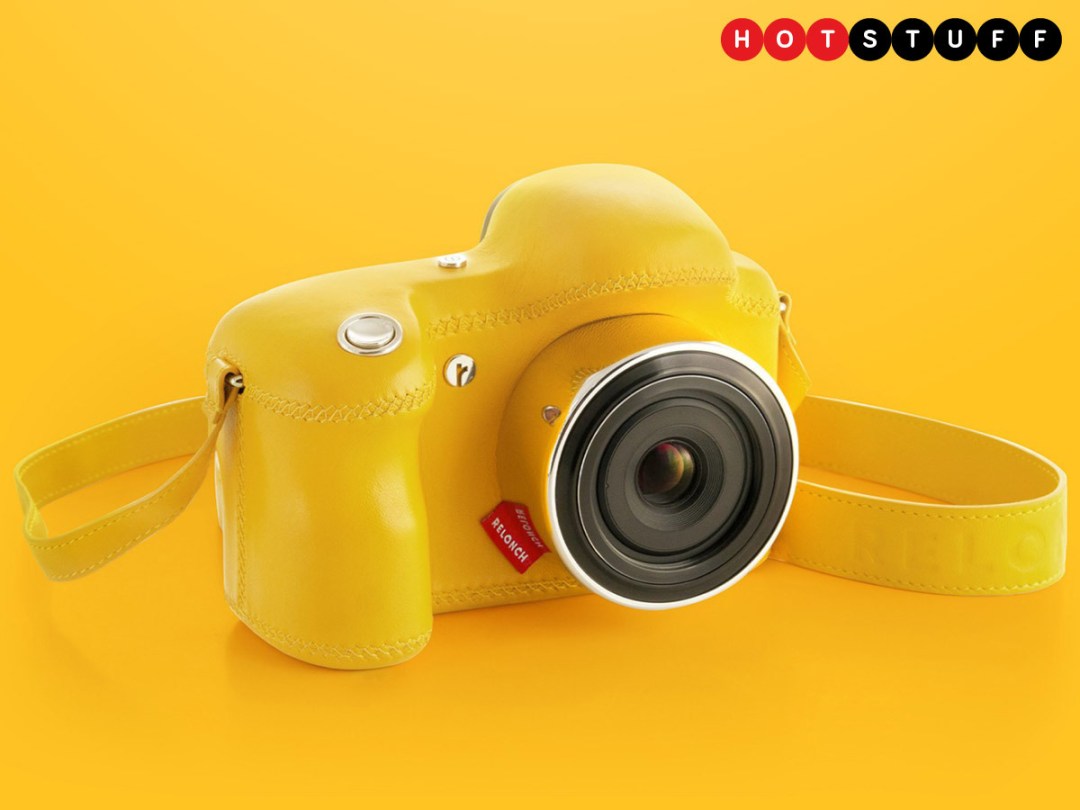
Right, let me get this straight: my DSLR camera has about two dozen buttons – and you’re telling me this new fangled snapper is supposed to let me take better photos with ONE?
That’s the idea. This camera – the Relonch 291 Model, to give it its proper name – is designed to strip photography back to its basics. There’s a single shutter button, a fixed focal length lens (in other words, no zoom), and a viewfinder to frame your shots. There’s no flash, and no video capture option. Heck, there isn’t even a screen or an SD card slot.
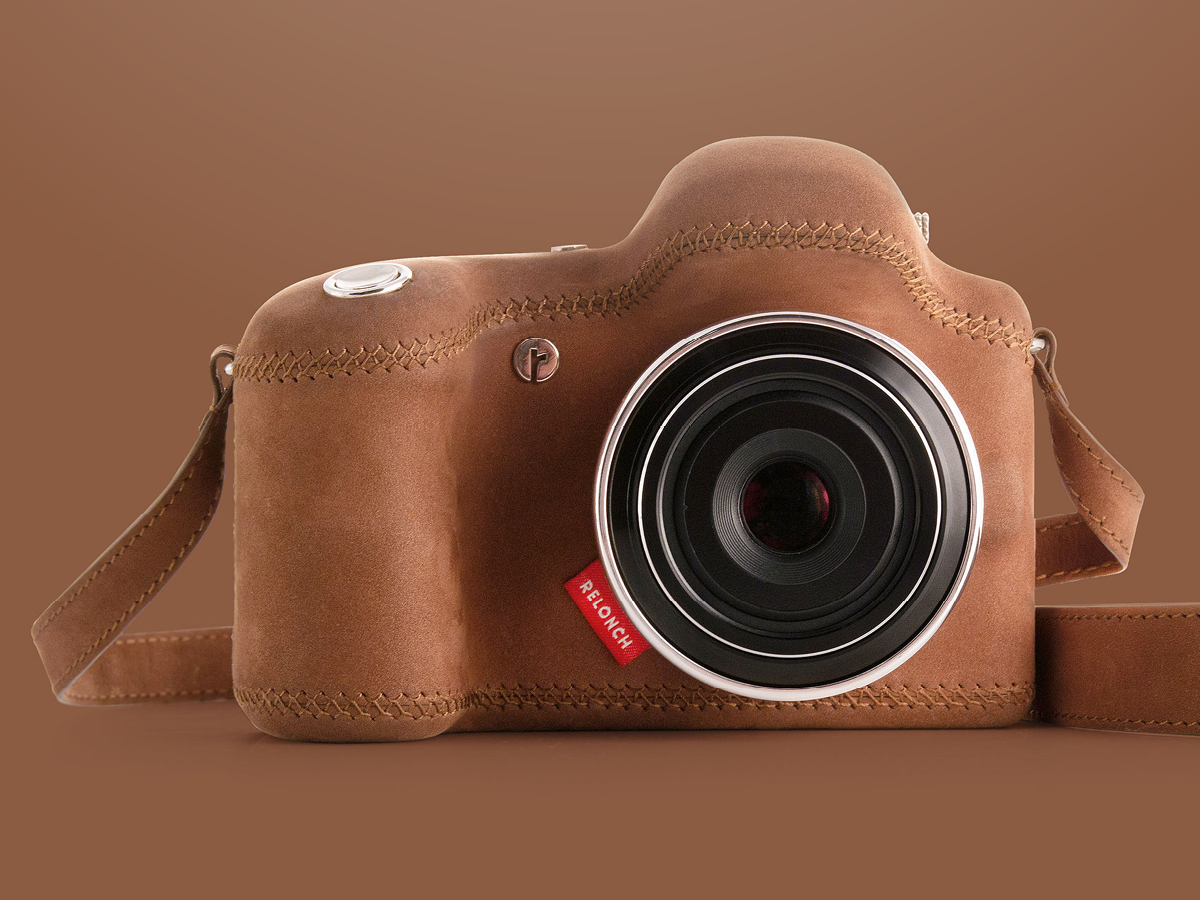
No screen? So how do I check what I’ve just taken?
You don’t. Just like in the old days of analogue photography, you have to wait. One thing the camera does have is an embedded SIM, which uploads all your shots to the cloud as you take them.
And that part is very important, because the main selling point of Relonch is that the company develops all the photos for you.
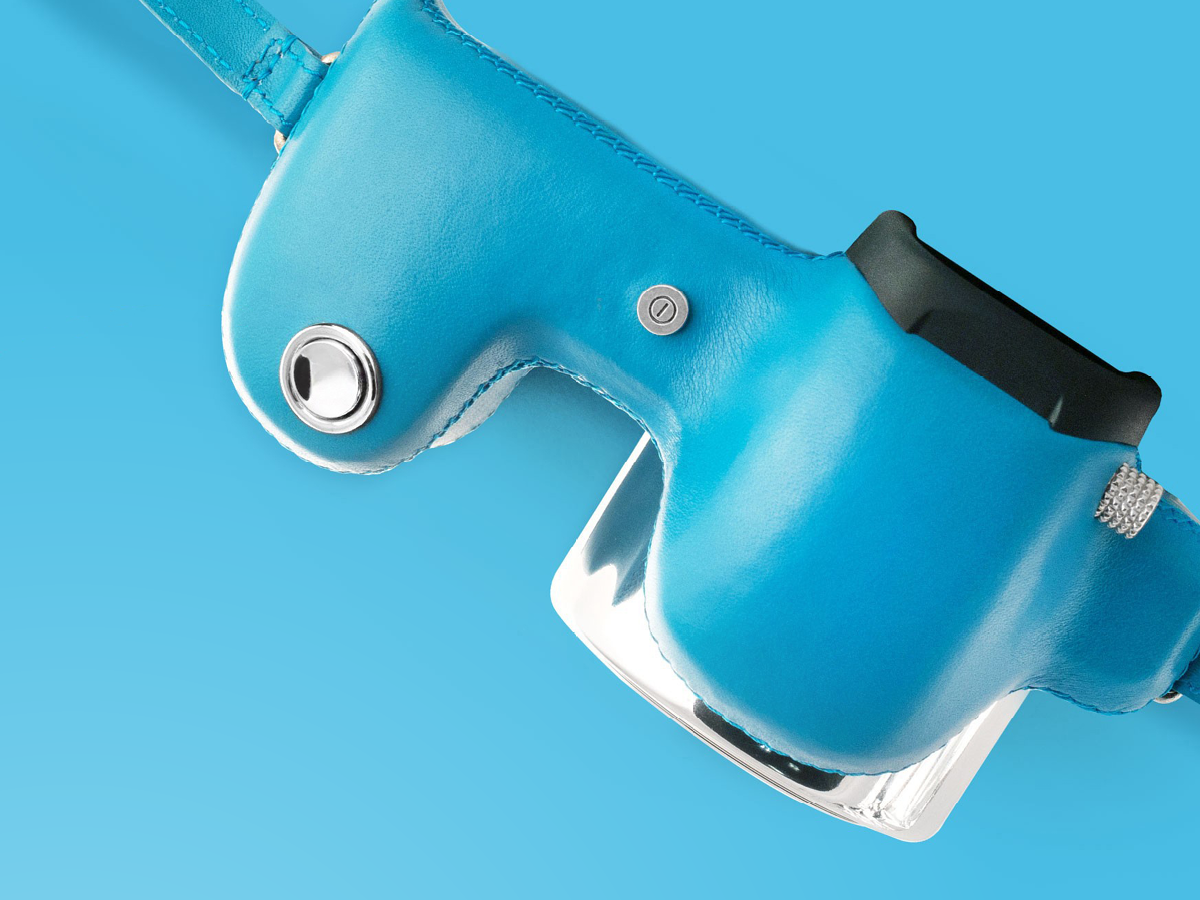
So I don’t get to tweak my snaps?
Nope – you simply point and shoot. All shots are then pinged to Relonch’s servers, where an AI brain called Alfred picks through them, selecting the best (yes, you’ll have to trust a robot’s taste) and editing them. Then, at 9am the following morning, your finished shots are sent to you via the Relonch mobile app.
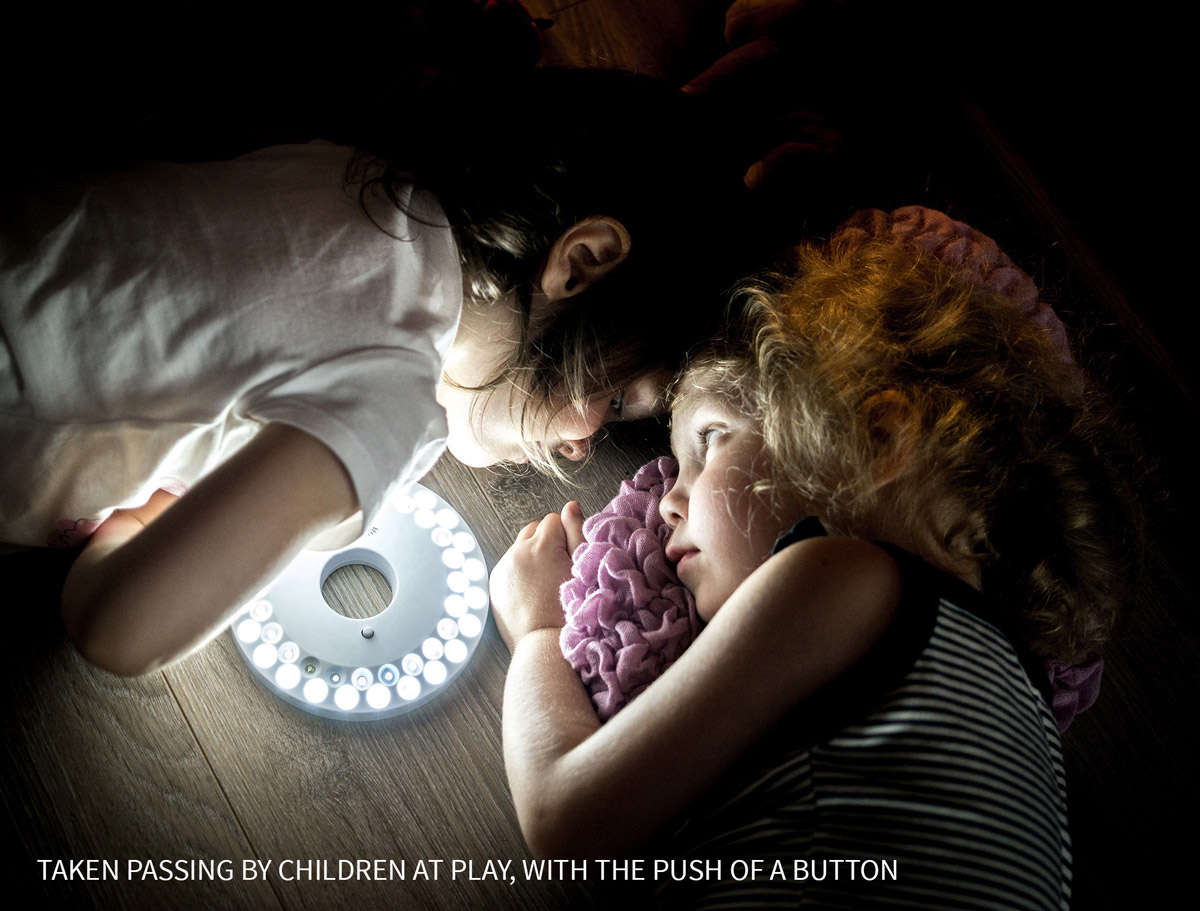
I’m sensing that this isn’t the camera for control freaks?
Indeed. This kind of thing is Kryptonite to old school photographers who like maximum control over how their images turn out – but of course the camera isn’t aimed at them. It’s aimed at people who’ve bought a pricey camera only to find they don’t have the time or inclination to learn all the ins and outs of exposure and editing.
Whether Relonch’s “Pictured Technology” system, which tweaks the lighting to deliver more vivid, vibrant and HDR-like pictures, will actually do as good a job as a skilled human brain… well, that remains to be seen.
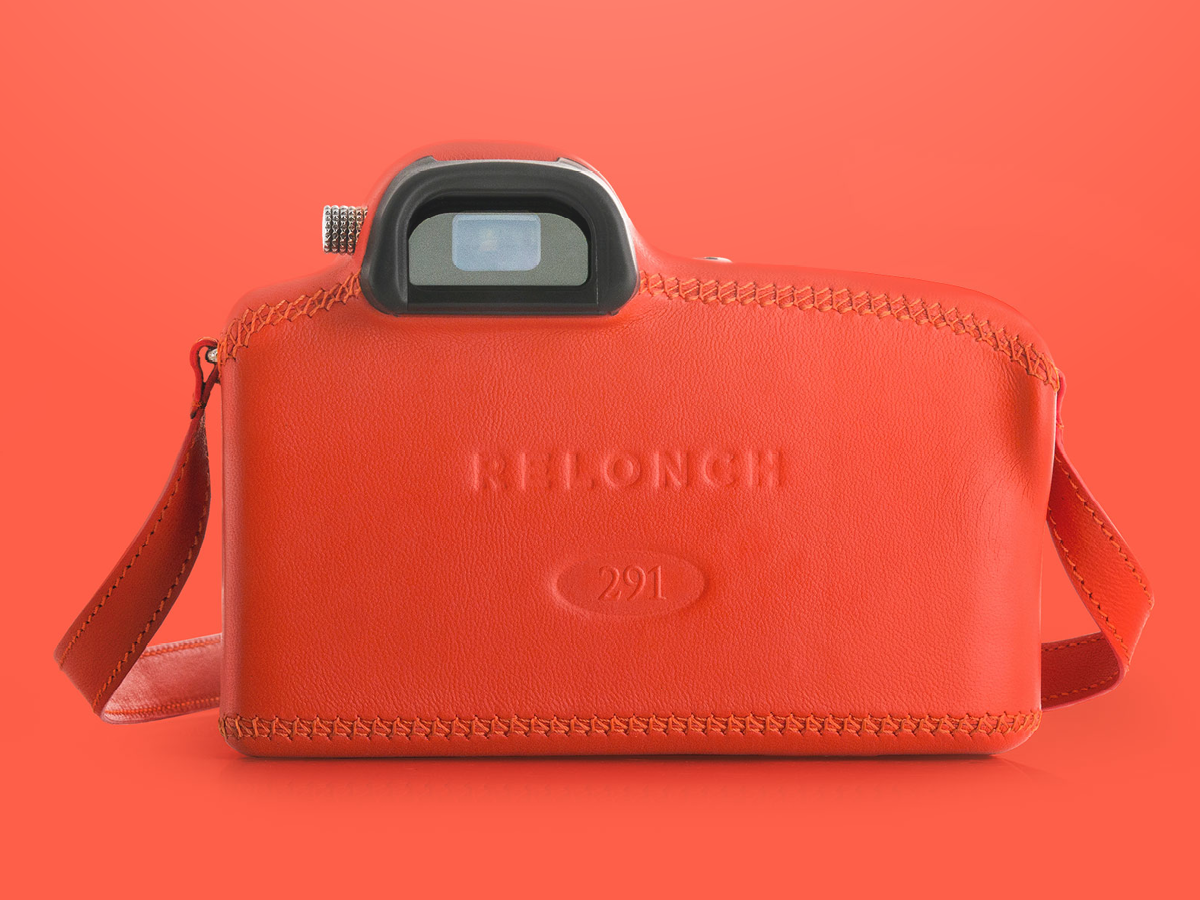
Still, the camera’s nice-looking…
Indeed it is. And there’s some decent hardware too – an APS-C sensor and a 30mm f/2 prime lens – so we’re keen to find out what it can do. Unfortunately, with a global launch scheduled for 2018, we’re unlikely to get a test drive for a while. But stay tuned for more updates as we get them.

